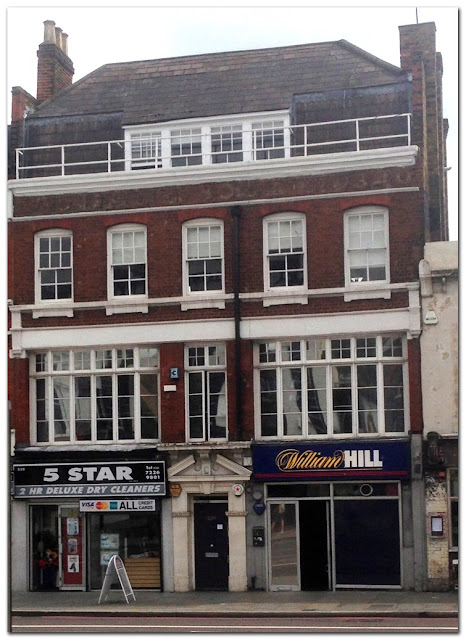 |
| The Academic Life? |
Storyboarding is something that almost every animation artist claims to do. Story boards? Sure, I do that, we all say confidently. Yet, as every director knows, not all board artists are created equal. It’s a complex craft and learning it takes time. Maybe the difficulty with getting it right is the sheer number of different skills you need to master in order to become useful. In fact, while we’re on the subject, let’s make a list of what a good board artist should be:
1. Story-teller. Duh, the obvious one. Good storyboard artists are writers. They know how to tell a story, how to make it exciting, interesting, and make the reader (or the viewer) want to know what's going to happen next.
2. Draughtsman. This is a tough one to avoid. If your drawings don’t look like the character, you will struggle to do decent boards.
3. Cinematographer. Good board artists understand camera, know where to put it, and what to do with it. In film-making, the camera is as much a story teller as is the writer.
4. Editor. Knowing how to cut is vital. Shots don't stand alone, they must be sequential, and the sequence must have a rhythm to it. Every sequence is a mini-movie that has to flow seamlessly from one end to another.
5. Entertainer. Like animators, good board artists need to be entertaining. By which I mean – funny. Most animation boards are comedies. Not all the time, but most of the time. And a good story board artist makes it feel fun.
Hosting our little story board master class is Lupus Films, the talented folks who brought you The Snowman and the Snow Dog last Christmas. Their offices are in fashionable Islington, land of hipsters and Guardianistas. The building is right on the high street, their front door sandwiched neatly between the bookie and the dry cleaners.
And what of my fellow students? They come from all over the UK. Some are from Wales, recently laid off by the once-might Dynamo, kings of Rasta Mouse, who have recently gone bust. What a shame, I thought, but then, that’s so often the case in the animation business. Studios find a hit, get lots of work in, expand, get some nice premises, then suddenly the work dries up and….they go bust. It’s always been the way. The shinier the building, the bigger the overhead....you know how the story ends.
When I learned to do boards, it was all done by hand, just like the animation, then filmed under a rostrum camera. Then came scanners, and digital editing, and now....it's all digital from the beginning. Why go to the trouble of scanning, cropping and editing the boards when you can draw the whole thing in a Cintique, or on a Wacom tablet? Even dinosaurs like me have to concede that the speed and efficiency of a digital workflow is its own reward.
Teaching storyboards at Bucks is a challenge because many of our students have little or no formal art instruction. Classical drawing skills are nowadays taught less and less in school, sacrificed in favour of softer skills like research. And research is no doubt useful, but it won't help you draw the boards.
But it's still possible. You can do a lot with stick figures and mr men. The key skills for undergraduates to learn are about basic film-making. Where does the camera go? What does the start of a shot look like? It's not really a drawing exercise - it's all about thinking, planning and organisation.
So we'll be building storyboards into the course, making sure our students know the basics of film-making, and know how to plan and build a short film project. After all, the animation only begins when the storyboards are done, and it doesn't pay to do the process backwards.
----Alex



No comments:
Post a Comment